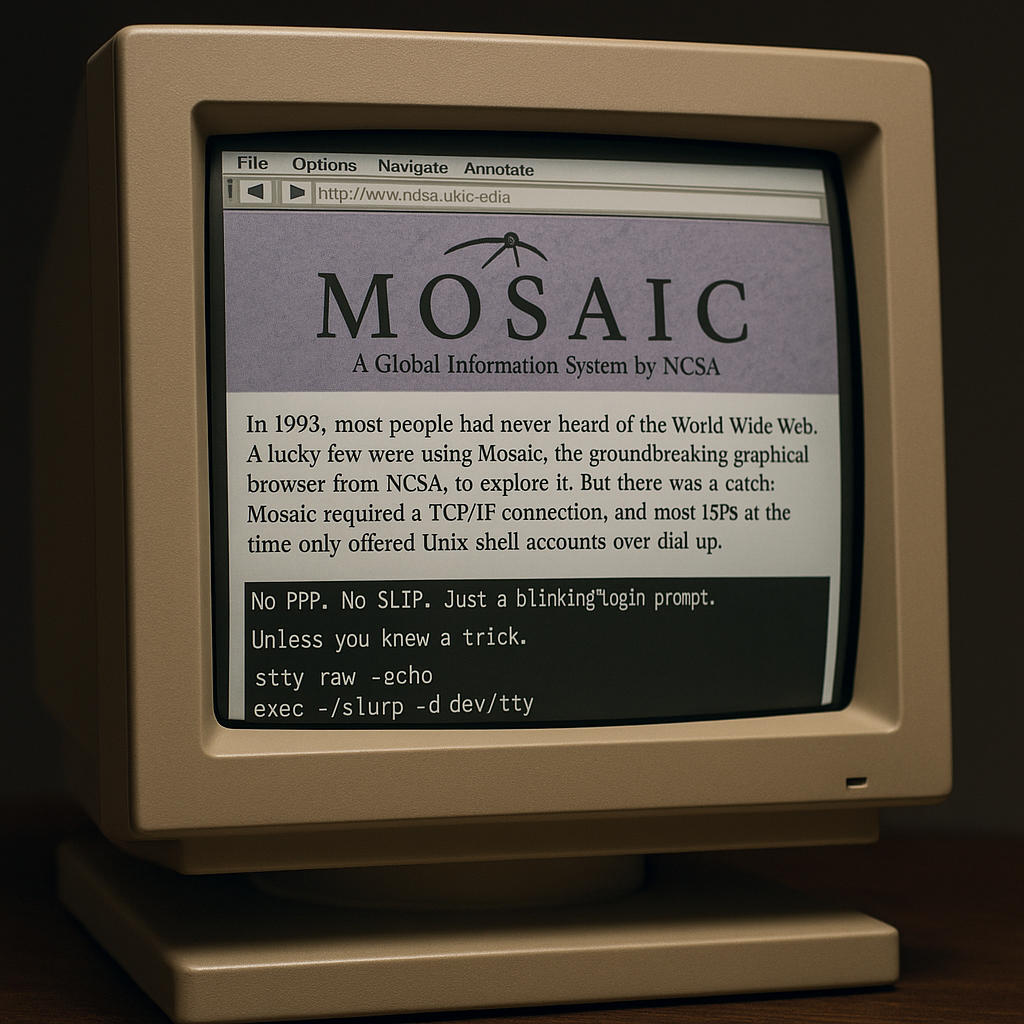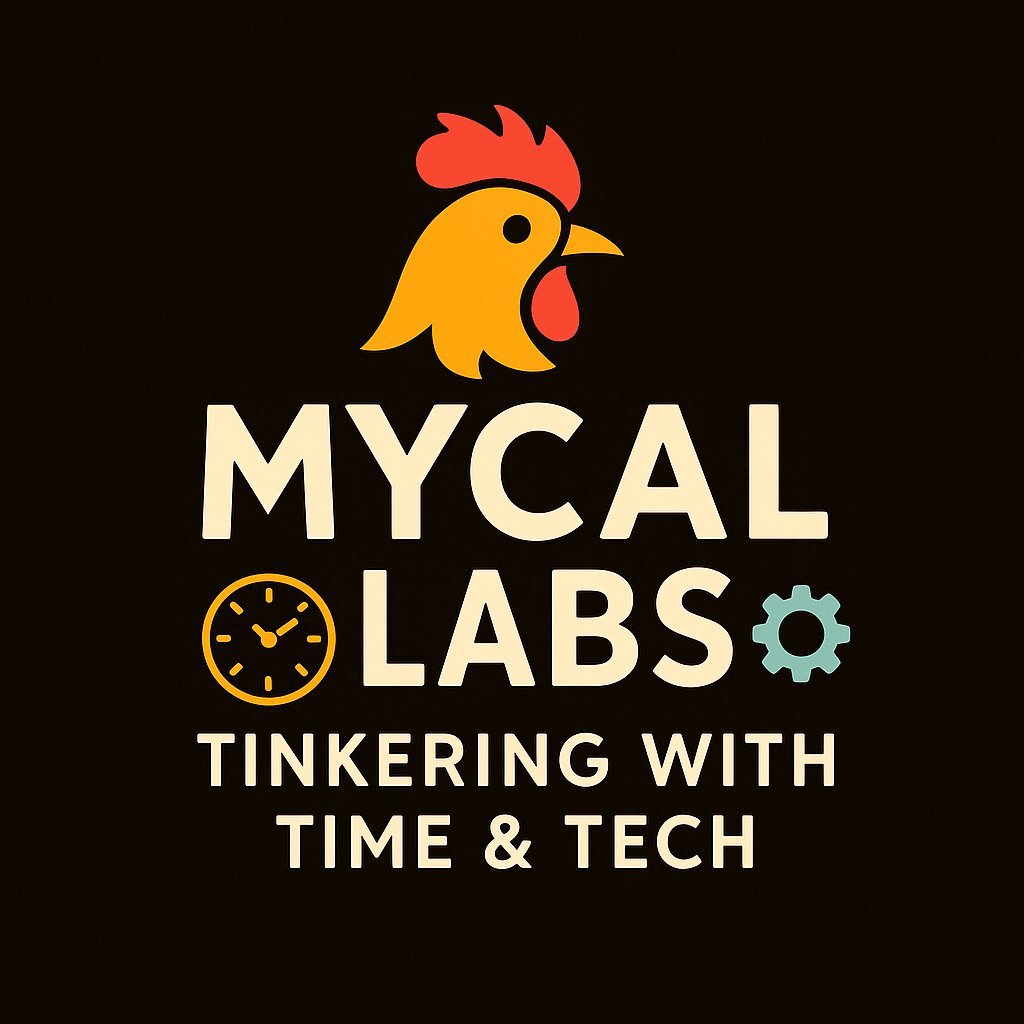Surfing the Web in 1993: How I Ran Mosaic Over Dial-Up with a CRL.net Shell Account
In 1993, I browsed the web with Mosaic over a dial-up shell account using a SLIP tunnel I compiled myself on CRL.net. This post shares how I pulled it off—based on notes I found from July 1993—and archives a nearly forgotten piece of early internet history.

Tinkering with Time, Tech, and Culture #3
In 1993, most people had never heard of the World Wide Web.
A lucky few were using Mosaic, the groundbreaking graphical browser from NCSA, to explore it. But there was a catch: Mosaic required a TCP/IP connection, and most ISPs at the time only offered Unix shell accounts over dial-up.
No PPP. No SLIP. Just a blinking login prompt.
Unless you knew a trick. Lucky I found a notebook with some notes on how this worked dated July 1993. So I wanted to archive this before this history was forgotten.
The Hack: Turning a Shell Account into a SLIP Gateway
At the time, I had a dial-up account with CRL.net, a forward-thinking ISP based in California. They gave you a Unix shell when you logged in, but no native way to run Mosaic or any other TCP/IP software from home.
But if you could compile and run your own C code on the remote shell, you could do something sneaky: tunnel SLIP packets through your terminal connection using a user-space daemon.
And that's exactly what I did.
The Setup
Here's what my Frankenstein 1993 internet stack looked like:
On My Local PC:
- Windows 3.1
- Trumpet Winsock — provided a SLIP TCP/IP stack
- Mosaic — the first widely-used graphical web browser
On the CRL Shell Account:
- A C program called
slurporslurp-term(not to be confused with laterslirp) - Compiled and run manually after login
The Magic .profile:
To make the SLIP tunnel start automatically when I dialed in:
stty raw -echo
exec ~/slurp -d /dev/ttyThis line disabled terminal processing and launched the SLIP emulator, which listened for SLIP frames from Trumpet Winsock.
How It Worked
When I connected via modem:
- I used terminal software (like Telix) to log in to my CRL shell.
- The shell dropped into
slurp, which talked directly over the TTY. - Back in Windows, I launched Trumpet Winsock in SLIP mode and hit “Connect.”
- Mosaic could now load actual web pages — over a 14.4k modem, no less.
It was slow. It was unstable. But it worked.
And in 1993, that made me one of the very few people on Earth browsing the web from home — without a direct IP connection.
Historical Footnote
Tools like slurp, term, and later slirp were lifesavers for early hackers and hobbyists. They let us tunnel IP over shell accounts, years before most ISPs offered native PPP.
CRL.net deserves credit too — they didn’t block user binaries or strip out stty. They gave tinkerers just enough freedom to build the future on a dial-up line.
Bonus: Trumpet Winsock Settings I Used
| Setting | Value |
|---|---|
| IP Address | 0.0.0.0 |
| Subnet Mask | 255.255.255.0 |
| Gateway | 10.0.2.1 |
| Port | COM2 |
| Baud Rate | 38400 |
| Protocol | SLIP |
Why This Still Matters
We take networking for granted now. But in those early years, the web was held together by ingenuity, C compilers, and late-night hacking. If you ever tunneled TCP over a raw shell, you weren’t just online — you were part of the architecture crew.
And if you ran Mosaic on a home PC in 1993?
You were surfing the future.
